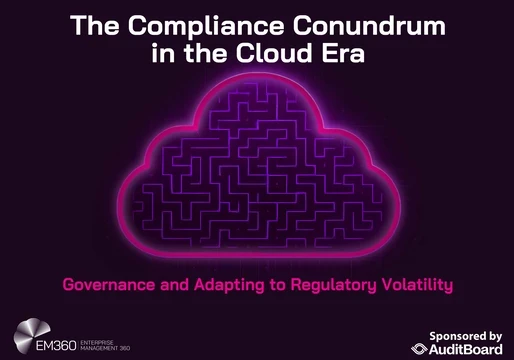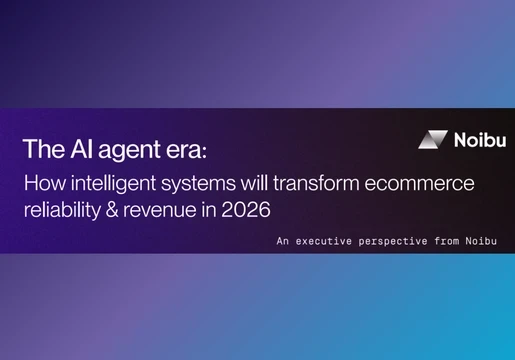Today’s teams are more diverse in age than ever before. It’s common to see Baby Boomers working alongside Generation Z, bringing a rich mix of experience, skills, and perspectives. This blend holds enormous potential for innovation and performance. But how do you, as a leader, unlock it?
It starts with understanding that different generations often approach work differently. But beware, simply knowing the stereotypes isn't the answer.

Generational Clues, Not Concrete Boxes
Generational labels offer clues, not definitive answers. Understanding the general context that shaped each group can be helpful, as long as we remember everyone is an individual.
Baby Boomers (born 1946-1964): Often value stability and bring deep experience, shaped by decades of workplace evolution.
Generation X (born 1965-1980): Typically seek independence and a balance between work and life, having seen significant social and economic shifts.
Millennials (born 1981-1995): Frequently search for purpose-driven work and thrive on feedback and collaboration, influenced by growing global awareness and data accessibility.
Generation Z (born 1996-2012): True digital natives, they often value flexibility, diversity, and rapid communication, entering a workforce hungry for their tech skills.
Recognising these general tendencies can help. But it's just the starting point.
Beyond the Labels: What Really Drives Your Team?
What truly shapes these preferences? Consider the world each group grew up navigating. Economic booms and busts, technological leaps, cultural milestone, these all influence attitudes towards work, employers, and career paths.
Crucially, globalisation and increasing diversity add further layers. Workplaces now blend not just generations, but cultures too. And the rapid pace of digital change means technology comfort varies widely. Some team members might need support adapting to new tools, while others who grew up online might benefit from guidance on different communication styles.
These differences highlight why rigid stereotypes fail. The real key lies in understanding the individual, their unique context, experiences, and motivations.
Turning Generational Differences into Strengths
Leading this vibrant mix effectively means turning potential friction points into sources of strength. How can leaders bridge generational gaps and foster collaboration?
Foster Open Communication: Don't assume preferences. Encourage team members to share their preferred ways of working and communicating. This openness allows for adjustments that boost collaboration and trust.
Promote Mutual Learning: Initiatives like reverse mentoring, where digitally confident employees share tech insights while gaining wisdom and experience from seasoned colleagues, can bridge knowledge gaps and build mutual respect.
Value Diverse Perspectives: Actively recognise and appreciate the unique viewpoints each generation brings. A truly diverse team fuels innovation and creative problem-solving by combining varied experiences.
Adapt Your Leadership Style: Flexibility is vital. Adapting your leadership development approach to accommodate different working styles, values, and expectations ensures everyone feels understood and valued. This requires self-awareness and skill.
Provide Continuous Growth Opportunities: Offer learning opportunities that cater to various skill levels, career ambitions, and interests. Investing in employee growth is valued across all generations and demonstrates a commitment to their long-term success.
The most effective approach? Always seek to understand the individual first.
Partnering for a Future-Ready Workforce
Leading a multi-generational team is an opportunity to build a dynamic, resilient, and high-performing workforce. It demands a nuanced understanding of generational contexts, combined with a focus on individual strengths and needs.







Comments ( 0 )